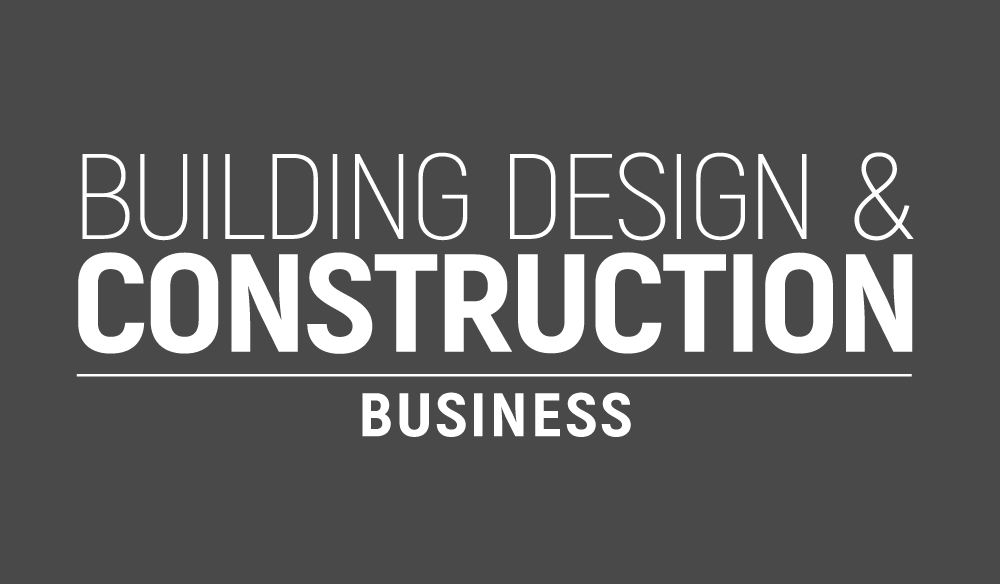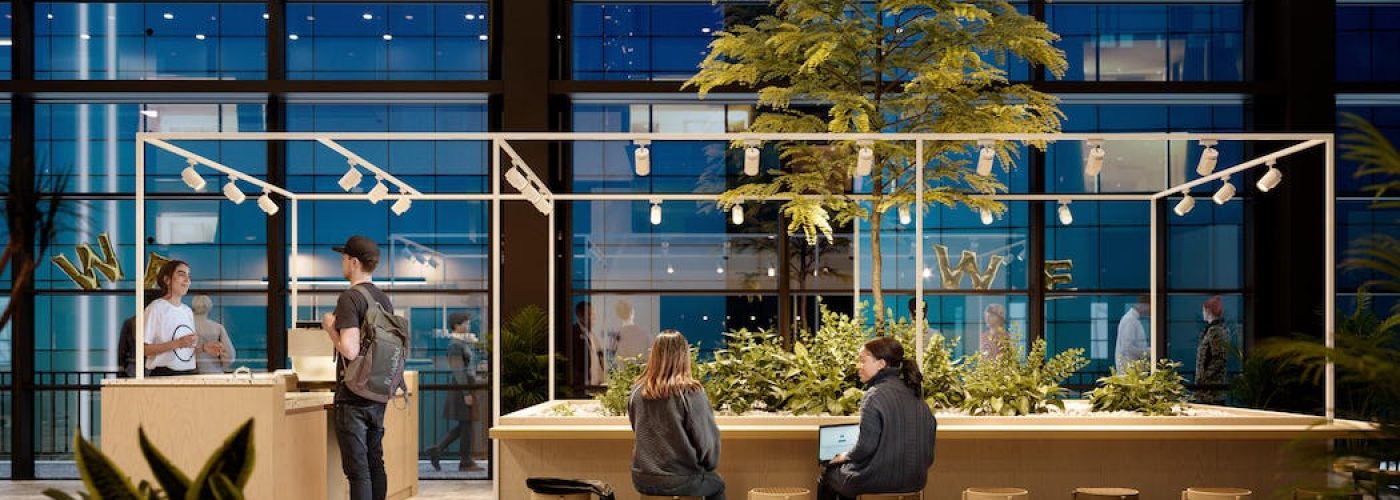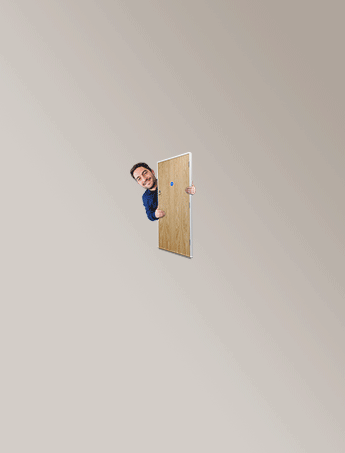The commercial property sector is undergoing a fundamental transformation as businesses increasingly recognise the environmental impact of their workspace decisions. Modern office fitout projects now prioritise sustainability alongside functionality, with low-carbon materials becoming essential components of responsible workplace design. This shift represents more than just environmental consciousness—it’s reshaping how organisations approach their interior spaces whilst delivering tangible benefits for both planet and profit.
The Carbon Challenge in Office Fitouts
Traditional office fitout practices contribute significantly to global carbon emissions, with the lifecycle of office interiors producing approximately 190 kg of CO2e and 77 kg of waste per square metre in major markets worldwide. The construction industry accounts for nearly half of all global carbon emissions, making sustainable office fitout solutions crucial for achieving climate targets.
The challenge extends beyond initial construction. Office fitouts typically have shorter lifespans than building shells, meaning carbon-intensive elements like flooring, lighting, and ceiling systems are frequently discarded and replaced well before their natural operational lifespans. This rapid replacement cycle means embodied carbon emissions from office fitout projects can quickly surpass those of the building’s core structure.
Revolutionary Low-Carbon Materials Transforming Workspaces
Sustainable Ceiling and Acoustic Solutions
Modern office fitout projects are embracing innovative ceiling materials that deliver both performance and environmental benefits. Mineral wool-based ceiling tiles, such as wet felt mineral options, provide excellent acoustic performance whilst reducing operational carbon footprints through enhanced thermal insulation.
These EPD-certified materials help lower heating and cooling energy requirements, making them ideal for comprehensive office fitout schemes.
Fiberglass-based acoustic baffles represent another breakthrough in sustainable office fitout design. These lightweight solutions effectively absorb sound in open-plan environments whilst utilising materials with significantly lower carbon footprints than traditional alternatives.
Timber and Bamboo: Natural Champions
Responsibly sourced wood remains fundamental to sustainable office fitout projects. FSC and PEFC certified timber acts as a carbon store whilst providing the warm, natural aesthetic that enhances employee wellbeing. Oak, beech, and pine offer excellent sustainability credentials when sourced from well-managed forests, with oak being considered carbon neutral due to its superior CO2 absorption capabilities.
Bamboo is revolutionising office fitout sustainability, growing up to 36 inches daily and reaching full size within one to five years compared to decades for traditional timber. This remarkable growth rate, combined with bamboo’s exceptional carbon absorption and oxygen production, makes it an outstanding choice for modern office fitout projects seeking to minimise environmental impact.
Innovative Fabric and Soft Furnishing Solutions
Natural fabrics are transforming office fitout design through their organic, textural qualities that create calming workplace environments. Wool offers renewable properties alongside natural flame retardancy and heat regulation, making it perfect for office fitout upholstery applications. Hemp provides exceptional versatility and requires minimal cultivation resources, whilst linen delivers strength, versatility, and complete biodegradability.
Sustainable Furniture: The Foundation of Green Office Fitouts
Ergonomic Solutions with Environmental Benefits
Modern office fitout projects increasingly feature furniture manufactured from multiple low-carbon materials. Declare-certified task chairs constructed from sustainable materials offer ergonomic benefits whilst meeting transparency standards for chemical content. These solutions support healthy posture and productivity whilst contributing to improved indoor air quality through low-emission manufacturing processes.
Meeting furniture crafted from renewable timber provides durability and longevity, reducing waste through extended product lifecycles. Such approaches align with circular economy principles that are becoming central to responsible office fitout planning.
Storage and Modular Systems
Sustainable storage solutions manufactured with oak veneer and other low-carbon materials offer EPD certification alongside exceptional durability. These systems provide flexible storage options suitable for various office fitout layouts whilst ensuring longevity that reduces replacement requirements and associated waste.
Energy Efficiency: The Operational Advantage
Successful sustainable office fitout projects prioritise energy efficiency through LED lighting systems that consume significantly less power than traditional alternatives. Smart lighting systems that adjust based on occupancy and natural light levels further reduce energy consumption, whilst optimised HVAC systems can incorporate renewable energy sources like solar panels.
Energy-efficient office fitout design extends to encouraging natural light usage and fresh air circulation, reducing artificial lighting requirements whilst improving indoor air quality. These strategies deliver immediate operational cost benefits alongside environmental advantages.
Future-Proofing Through Sustainable Office Fitout
The forthcoming Net Zero Carbon Building Standard will establish ambitious embodied carbon targets that will challenge traditional office fitout approaches. Acceptable embodied carbon limits reduce year-on-year, requiring substantial and consistent decarbonisation over time. Office fitout projects completing in 2050 must achieve just 60kg of CO2/m2 compared to 735kg of CO2/m2 in 2025.
Forward-thinking office fitout strategies that embrace low-carbon materials, energy efficiency, and circular economy principles are positioning businesses advantageously for this regulatory future whilst delivering immediate benefits through reduced operational costs, enhanced employee wellbeing, and strengthened corporate sustainability credentials.





